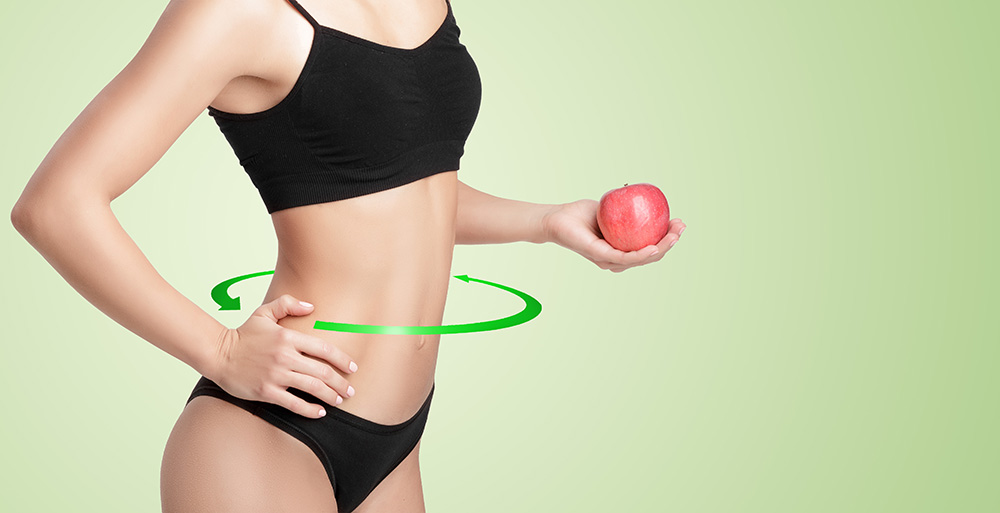
Hey there, fellow baking enthusiasts! Are you ready to take your home baking game to the next level? Today, we're diving into the world of healthier baked goods, and trust me, it's not as complicated as you might think. With a few simple tweaks and ingredient swaps, you can create delectable treats that not only satisfy your sweet tooth but also pack a nutritional punch. So, let's roll up our sleeves and get started!
1. Whole Grain Flours for the Win
First things first, let's talk flour. If you want to give your baked goods a healthy boost, whole grain flours are the way to go. Unlike their refined counterparts, whole grain flours keep all the good stuff – the bran and germ – which means more fiber, vitamins, and minerals for you [1]. Some awesome options include whole wheat, oat, spelt, and buckwheat. Pro tip: When making the switch, start by replacing just a portion of the all-purpose flour to maintain that perfect texture and flavor you know and love.
2. Sugar: Less is More
We all know that baked goods and sugar go hand in hand, but too much of the sweet stuff can lead to some not-so-sweet health issues [2]. The good news? You can often cut back on sugar without sacrificing taste. Try reducing the amount called for in the recipe by 25%, and chances are, you won't even notice the difference. Or, get creative with natural sweeteners like honey, maple syrup, or dates for a healthier twist.
3. Fat: Choose Wisely
When it comes to fat in baking, not all options are created equal. Instead of relying on butter or oil, try using nutrient-dense alternatives like mashed avocado, Greek yogurt, or nut butters. These heart-healthy fats come with a side of benefits, like fiber and protein [3]. And if you do opt for oil, go for healthier choices like coconut oil or extra virgin olive oil, which offer good-for-you fatty acids and antioxidants.
4. Sneak in Some Fruits and Veggies
Who says baked goods can't be a vehicle for fruits and veggies? Adding grated zucchini, carrots, or apples to your muffins, cakes, and bread recipes is a sneaky way to boost their nutritional value and add natural sweetness and moisture. Pureed fruits like bananas, applesauce, or pumpkin can also stand in for some of the fat or sugar in a recipe, making your treats healthier without anyone being the wiser [4].
5. Embrace Healthy Add-Ins
Ready to take your healthy baking to the next level? Try incorporating some superfood add-ins like chia seeds, flaxseeds, or hemp seeds. These tiny powerhouses are packed with nutrients like omega-3 fatty acids, fiber, and protein, giving your baked goods an extra health boost [5]. Nuts and dried fruits are also great options for adding texture, flavor, and a dose of healthy fats and antioxidants.
The Bottom Line
Making healthier baked goods at home is all about simple swaps and creative thinking. By choosing whole grain flours, reducing sugar, using healthy fats, sneaking in fruits and veggies, and embracing nutritious add-ins, you can create treats that are both delicious and nourishing. So go ahead, preheat that oven, and start whipping up some wholesome goodies that you can feel good about enjoying. Happy baking!
References
- Jonnalagadda, S. S., Harnack, L., Hai Liu, R., McKeown, N., Seal, C., Liu, S., & Fahey, G. C. (2011). Putting the Whole Grain Puzzle Together: Health Benefits Associated with Whole Grains—Summary of American Society for Nutrition 2010 Satellite Symposium. The Journal of Nutrition, 141(5), 1011S-1022S. https://doi.org/10.3945/jn.110.132944
- Yang, Q., Zhang, Z., Gregg, E. W., Flanders, W. D., Merritt, R., & Hu, F. B. (2014). Added Sugar Intake and Cardiovascular Diseases Mortality Among US Adults. JAMA Internal Medicine, 174(4), 516-524. https://doi.org/10.1001/jamainternmed.2013.13563
- Liu, A. G., Ford, N. A., Hu, F. B., Zelman, K. M., Mozaffarian, D., & Kris-Etherton, P. M. (2017). A healthy approach to dietary fats: Understanding the science and taking action to reduce consumer confusion. Nutrition Journal, 16(1), 53. https://doi.org/10.1186/s12937-017-0271-4
- Oyebode, O., Gordon-Dseagu, V., Walker, A., & Mindell, J. S. (2014). Fruit and vegetable consumption and all-cause, cancer and CVD mortality: Analysis of Health Survey for England data. Journal of Epidemiology and Community Health, 68(9), 856-862. https://doi.org/10.1136/jech-2013-203500
- Kris-Etherton, P. M., Hu, F. B., Ros, E., & Sabaté, J. (2008). The Role of Tree Nuts and Peanuts in the Prevention of Coronary Heart Disease: Multiple Potential Mechanisms. The Journal of Nutrition, 138(9), 1746S-1751S. https://doi.org/10.1093/jn/138.9.1746S
Latest Posts
-
1
-
2
-
3
-
4
-
5





